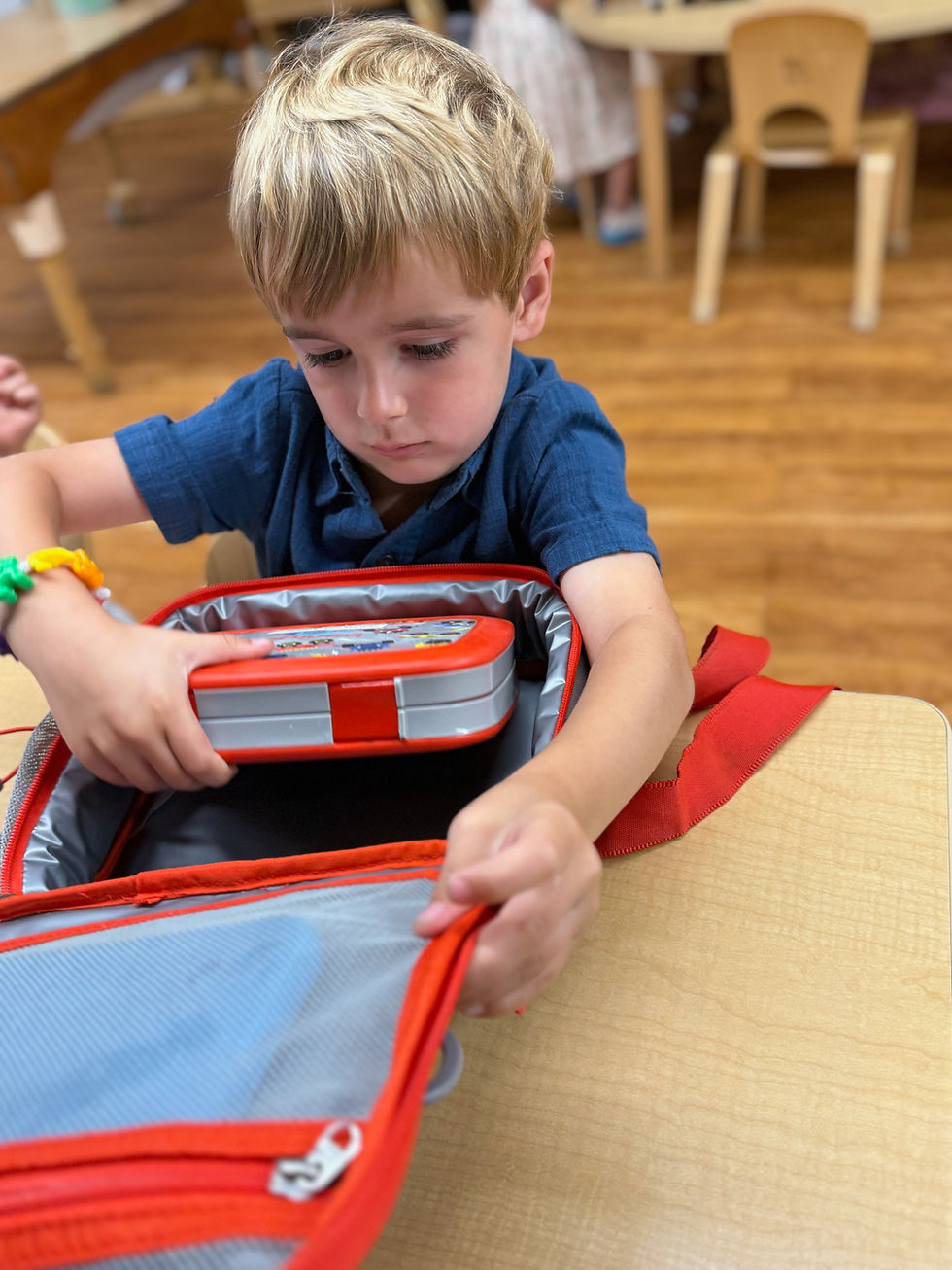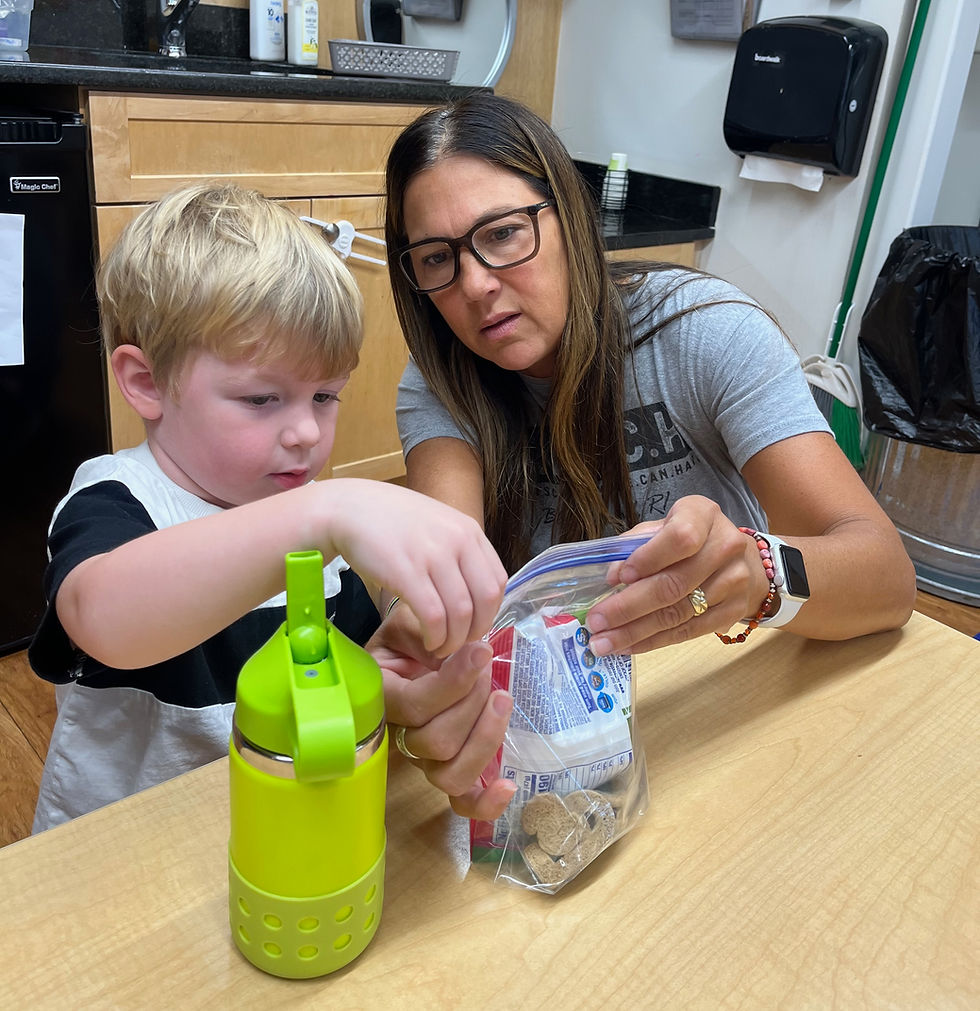What’s Wrong With Saying “Good Job”?
- Learning Community
- Oct 13
- 2 min read
Updated: Nov 5
It’s enrollment season at LCDS and we love nothing more than walking around the building with prospective families and giving them a chance to see our students and teachers at work. At the end of the tour, each visiting family receives a packet with additional information about our program and it includes an article that offers a list of alternatives to the phrase, “Good job!”
What’s wrong with saying, “Good Job?” some families may wonder. Aren’t we supposed to be encouraging our children and praising them?
For many of us, “Good job!” is our default response to any number of situations we encounter with children and it’s a hard habit to break. It’s not that an occasional “good job” is harmful, but there are more effective ways to respond. Rather than training young children to seek and expect external praise, our goal is to develop their intrinsic motivation. “Good job” may convey our pleasure in the moment but doesn’t give them much information beyond that. Preschoolers need to know what they did well and how they did it in order to be able to repeat the action in the future.
Here are some of the favorite alternative phrases we use at LCDS:

“You did it!” This simple phrase is a wonderful replacement for “good job.” It places emphasis on the child’s action rather than our response to it and lets children know we see them as competent and capable. “You did it! You walked across the block, balancing your body so you didn’t fall!”

“I see you...” Often simply observing what a child has done and putting it into words is just the validation they need. “I see you put your lunch box away and are ready for a story. Good for you!”

“Thank you…” Combining a thank you with why the action was helpful provides important context for young children. “Thank you for sharing that marker with your friend. She has been waiting and feels so happy to have a turn.”

“You worked hard to…” Praising effort rather than outcome helps children build stamina for challenging tasks. “You worked hard to pull those seeds out of the sunflower. Squeezing the tweezers to grab them is really tricky.”

“Can you tell me about…?” Asking children to share their ideas, creations and explorations communicates a powerful message that what they are doing is meaningful and important. “Wow, you have been so busy over here. Can you tell me about what you are doing?”

“I noticed…” Paying attention to the details of a child’s work encourages them to reflect on it themselves. “I noticed you used paper strips and pom-poms. What are you going to add next?”

And sometimes, no words are needed at all. As much as we love to respond to the children verbally, our body language can be an equally effective communication tool. A smile, hug or high-five lets children know we see them and share their pride in what they’ve accomplished.
Let’s keep learning together,
Andrea



